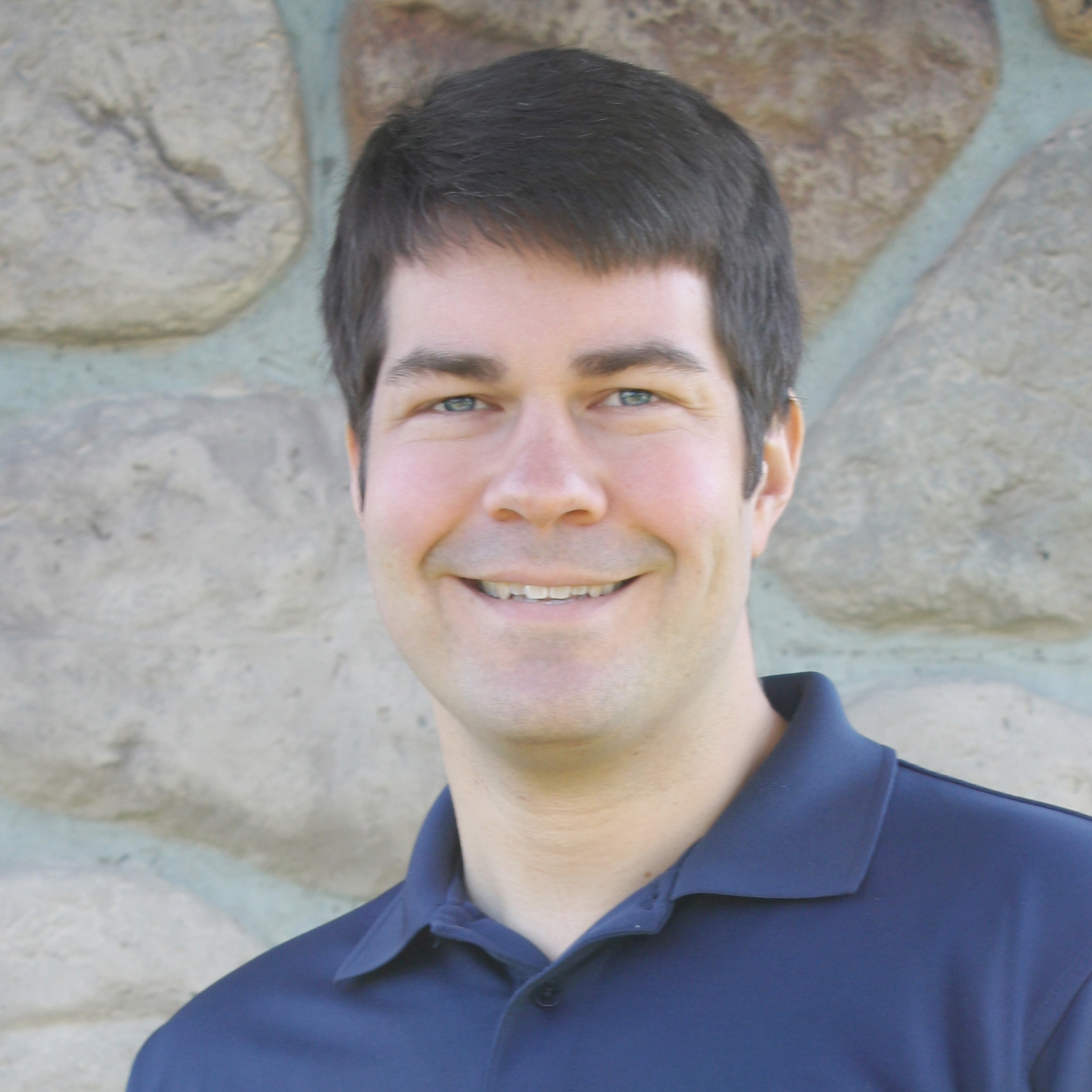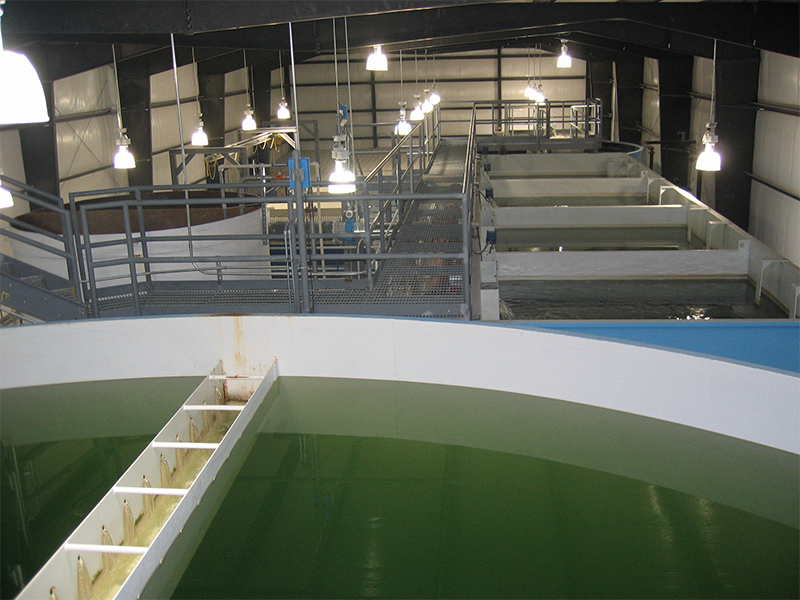In 2006, a groundbreaking ethanol plant began operation in the San Joaquin Valley of California. As one of the world’s most productive agricultural areas, this was a prime location; however, to address environmental challenges, the region had strict regulations on industrial discharge streams. To make this plant a reality, Kurita America designed a unique water system that required no environmental discharge, a first of its kind among dry grind ethanol plants in the United States.
Such operations are known as zero liquid discharge (ZLD), and Kurita America has now helped dozens of ethanol plants achieve this to mitigate risk and increase efficiency. Our approach to ZLD goes beyond the simple addition of treatment at a waste stream, which is why Kurita America coined the term integrated zero liquid discharge (iZLD) to differentiate our sophisticated method. We work with our customers to develop a deep understanding of their processes and then balance equipment, chemistry, and operation to optimize a cost-effective and sustainable solution. These challenging projects have given rise to several innovations through the years that address common process constraints and expand the solution to a wider customer base, including pHytOUT®, SaltOUT, and high efficiency reverse osmosis (HERO).
With discharge permits renewed every five years, unexpected restrictions could require costly adjustments to operation, sometimes increasing water use. Rising sewer fees also threaten the bottom line as publicly owned treatment works (POTWs) manage capacity and infrastructure constraints. Discharge concerns generally drive the move toward ZLD; however, the resulting reduction in water usage conforms with corporate sustainability goals that many companies are adopting around water. The efficiency gained through ZLD has even allowed some ethanol plants to increase production when faced with limits on source water withdrawal.
ZLD operations are complex with all processes linked such that any change will have a systemic effect. Recycle and reuse streams concentrate dissolved solids, which can impact biological process operations, cooling tower cycles, and corrosion potential. A keen understanding of the water balance, including ionic concentrations, is critical to a successful operation. Any wrong move could amplify into major process concerns.
One product to mitigate these risks is pHytOUT, which is a deposit control technology that reduces dependency on sulfuric acid, often eliminating its use altogether. Sulfur impacts the quality of product ethanol as well as co-products, like dried distillers grains (DDGS). PHytOUT is part of a suite of technologies that enables ZLD by managing sulfur buildup.
Another product that can expand ZLD opportunities is SaltOUT. This new chemical program enhances cold lime softening (CLS) to achieve greater precipitation of sulfate, other anions, and trace metals that would otherwise remain soluble. SaltOUT was developed for treating waters high in sulfate and trace metals, like mining and power applications, and has the potential to enable ZLD where not otherwise possible due to source water quality.
Every ZLD application requires a custom approach depending on site-specific factors, such as source water quality and climate conditions. While many applications rely on CLS as the primary concentrator, source water characteristics may favor a different approach. In 2009, Kurita America installed the first ZLD system at a dry grind ethanol plant using high efficiency reverse osmosis (HERO) with evaporator and crystallizer equipment. The process uses ion exchange for softening and proceeds to super-concentrate dissolved solids through a series of RO membranes. Liquid waste is reduced to between three (3) and five (5) percent of total flow, which minimizes the size of costly evaporators and crystallizers. Other sites may benefit from climate conditions favorable to evaporation depending on available land.
Efficient water management is at the heart of any iZLD application to prevent over-delivery and control costs, adding treatment equipment only as necessary. For instance, iZLD conversion projects begin with a full-plant optimization to minimize waste streams and eliminate any excess or unnecessary chemicals. We balance makeup water quality and flow to extend cooling tower cycles while maximizing RO recovery; both of which reduce waste volumes that will ultimately require treatment. Alternative treatment chemicals – like pHytOUT – will be incorporated to reduce unfavorable constituents like sulfur, sodium, and chloride and off-set potential negative effects on process efficiency, product quality, and asset integrity. Understanding the quality of waste streams and level of treatment required for the intended use is necessary to engineer an appropriate solution. In fact, we have successfully converted ethanol systems to iZLD without additional treatment equipment. Many customers find that process optimization alone goes a long way toward meeting sustainability goals and then use additional treatment equipment to fill the gap.
Kurita America’s iZLD philosophy guides our approach to any reuse application, which also requires a deep understanding of both water process and system operations to provide the best, most cost-effective solution. With products like pHytOUT, SaltOUT, and HERO at our disposal, we can meet sustainability goals without compromising asset integrity or product quality while also managing operation and maintenance costs. As the leader in iZLD solutions for ethanol, Kurita America is prepared to tackle your toughest water challenges.
 About the author: T.J. Stroebl is a technical marketing leader at Kurita America, specializing in equipment systems. After earning a chemical engineering degree from the University of Minnesota, he has spent his career with Kurita America focusing on process and equipment design, troubleshooting, and development relevant to water treatment systems. T.J. is an active member of the American Water Works Association (AWWA), currently serving as vice chair on the Manufacturers/Associates Council (MAC).
About the author: T.J. Stroebl is a technical marketing leader at Kurita America, specializing in equipment systems. After earning a chemical engineering degree from the University of Minnesota, he has spent his career with Kurita America focusing on process and equipment design, troubleshooting, and development relevant to water treatment systems. T.J. is an active member of the American Water Works Association (AWWA), currently serving as vice chair on the Manufacturers/Associates Council (MAC).

